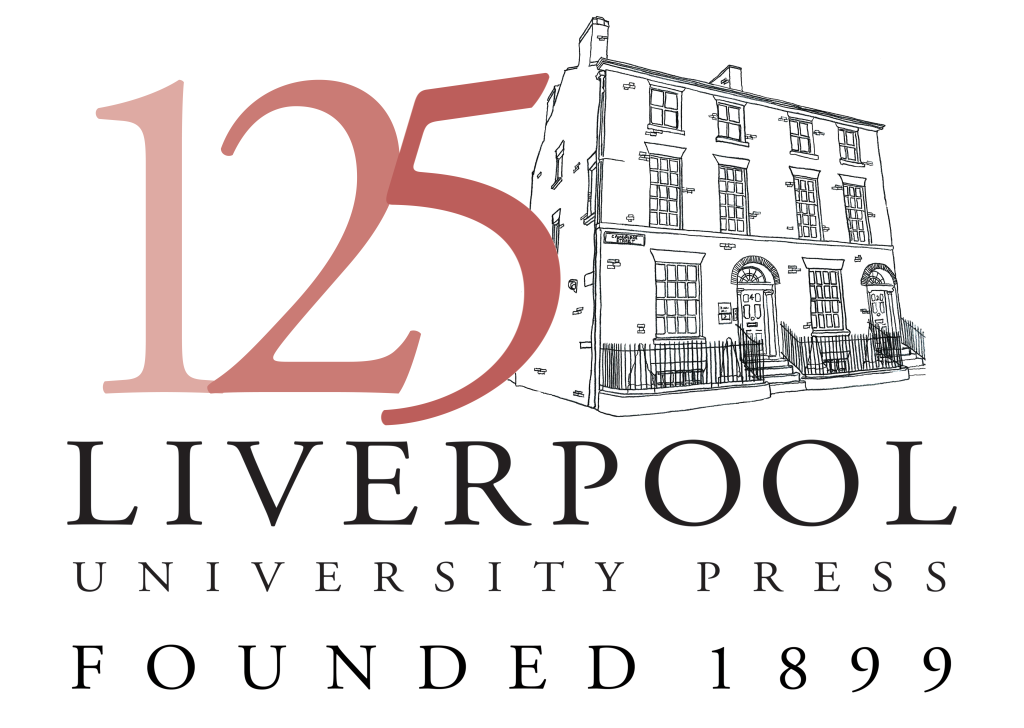In her new monograph Desire and Disunity: Christian Communities and Sexual Norms in the Late Antique West, available now in paperback and as an Open Access eBook from Liverpool University Press, Ulriika Vihervalli explores how the church struggled to uphold Christian sexual norms in the late Roman West. Through the examination of a series of fourth to sixth century sermons, letters, laws, and treatises, her research reveals the tensions between the heterosexual ideals that clerics sought to uphold, and the messy reality of sexuality and sexual deviancy that they were all-too aware of.
In this blog post, Ulriika discusses how these ‘othered’ sexual preferences are erased by historians, and whether the writing of the church’s elites was intentionally misleading about the extracurricular activities of the lay people, uninformed, or both.

Picture a grainy, Victorian portrait of two women holding hands and gazing at each other warmly. A short description might give the women’s names and note that they lived together their entire lives. As the picture circulates, a short-hand quip will be made repeatedly across social media platforms: ‘historians will say they were just friends’.
Such a remark has become shorthand for the erasure of queer narratives, highlighting the inability of historians to recognise sexual minorities in their primary sources or, if they do recognise them, choosing to gloss over this. This accusation is made against a discipline that traditionally has been patriarchal, white, male, Eurocentric, and straight – a discipline that centred around the exploits of men for centuries before a light bulb moment that women had existed for all of history, too. What had they been up to all this time? Such ponderings were merely the opening of the floodgates to numerous other novel historical considerations.
The propensity of historians to overlook marginalised groups highlights the challenges of studying sexual norms in the past. These challenges become even greater the further into the past one goes – when writing my book on the sexual norms of late antique Christians who lived over 1500 years ago, my sources were often written by local elites complaining about the sexual misdeeds of lay people. This was a world in which literacy was limited to the elites, and as such the accused cannot defend themselves. However, would they have even wanted to?
The late antique era was marked by the rise of the Christian church, which transformed contemporary culture profoundly. Christian ideas of the world, the self, and just about every possible matter circulated and developed during these centuries, including notions of sexual morality. Chaste, heterosexual marital relations were held as the ideal goal for all Christians, yet the church recognised that very few could live up to this.
Desire & Disunity explores these tensions in late antique society. As clerics criticised behaviours from fornication to homoerotic acts, we return to women gazing at each other warmly. Would they have wanted to defend themselves – indeed did they see anything inherently harmful in their behaviour at all?
One of the most famed church fathers Augustine (d. 430) penned a letter criticising young women who, to put it in modern terms, fooled around with each other. It is immensely difficult for historians to assign such women a definite sexuality, especially as modern conceptions of sexuality find little touching point with ancient thinking on the matter. The word ‘homosexual’ is, after all, a nineteenth century German neologism.
Still, Augustine cautioned these women not to engage in such activities. Curiously but perhaps not surprisingly, from his patriarchal perspective these activities were not a tremendous moral wrong. Sex without the involvement of a man was, after all, largely inconceivable for Augustine. Perhaps this was inconceivable for the women too, in that they categorised their activities as something other than sex. Were these women just ‘very good friends’? Perhaps they thought this was all they were, even with physical intimacy added – or, perhaps, they understood that their relationship was something much more, in ways that men like Augustine could not even begin to conceive.
These glimpses into the complicated love and sex lives of non-elites are important and demand attention and scrutiny. Desire & Disunity explores homosexual acts amidst other perceived immoralities, from incest and adultery to sexual violence and bigamy. All these topics highlight that often the laity were not ‘just friends’ but rather were involved with each other in a myriad of ways that displeased the church and state.
As history, too, evolves as a discipline, we can gradually move beyond the moral ideals that the few expounded and consider what was bubbling beneath the guided or misguided notions of moralising elites. Perhaps historians will learn to say, ‘these two were just friends – these other two, however, were definitely something more.’
Lastly, I wish to dedicate the book in the memory of my father, who looked forward to its publication.

Desire and Disunity: Christian Communities and Sexual Norms in the Late Antique West is out now in Paperback, and available to read online Open Access thanks to the kind sponsorship of the libraries participating in the Jisc Open Access Community Framework OpenUP initiative. Get 20% off RRP when you order directly from the Liverpool University Press website.
Ulriika Vihervalli is Honorary Research Fellow at the University of Liverpool.

Follow us for more updates
Sign up to our mailing list
Twitter | Instagram
www.liverpooluniversitypress.co.uk
